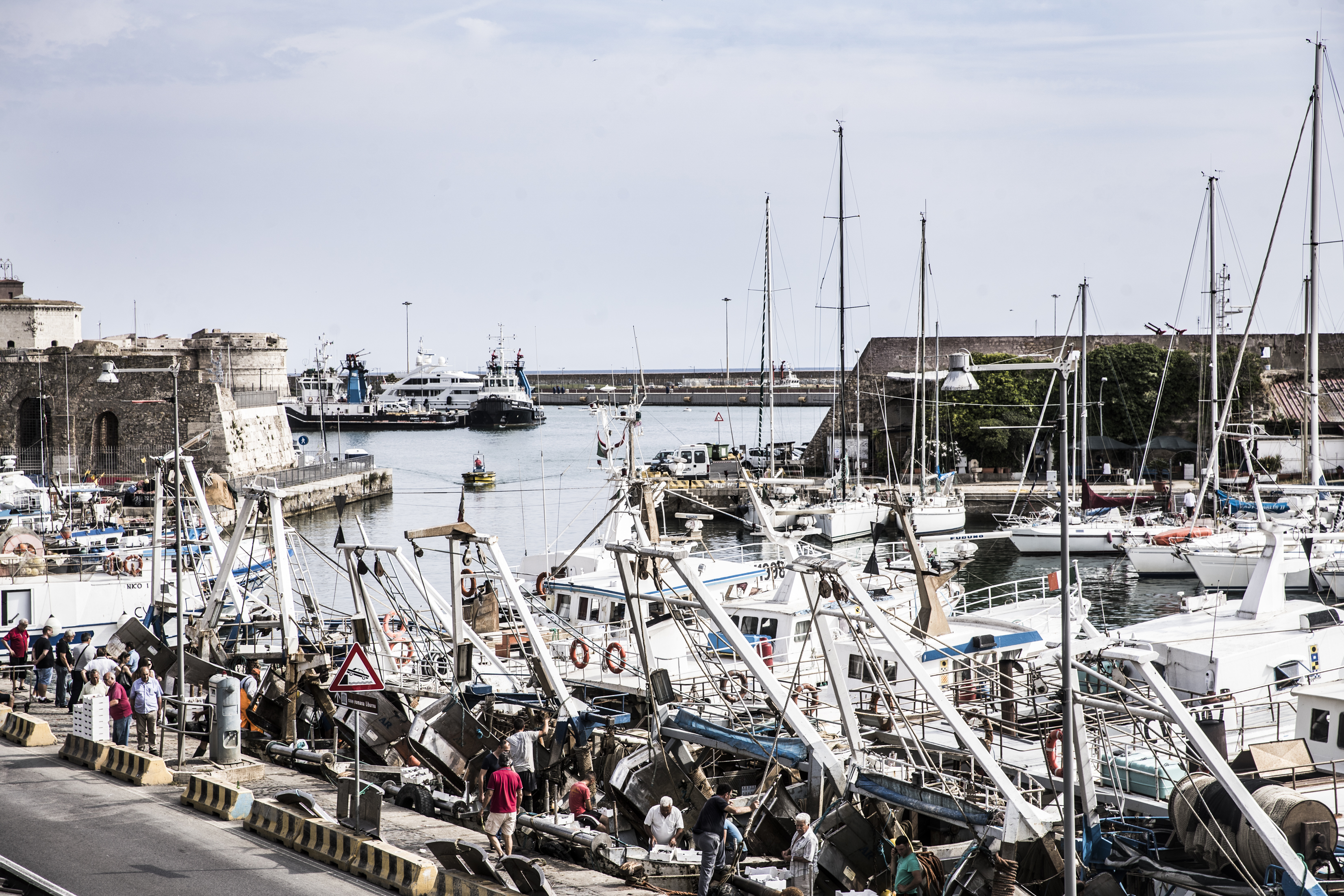Trade bounces back strongly as industry emerges from the shadow of COVID-19

With many of the restrictions that inflicted severe damage on businesses during the COVID-19 pandemic being lifted, both trade and production of fisheries and aquaculture products have staged a strong recovery in 2021. Positive supply growth is forecasted for both wild fisheries and the aquaculture sector, and total output for 2021 is anticipated to be approximately on par with 2019.
For aquaculture, however, the rate of increase will remain well below the long term trend of 4-5 percent, as the lingering impact of COVID-19 restrictions and conversative production planning continues to be felt. For fishing fleets, the resurgence of the foodservice sector and accompanying demand is boosting fishing efforts, but supplies remain tight for some species.
After a sharp drop last year, fish trade revenues have bounced back very strongly in 2021, with a forecasted year-on-year increase of around 12 percent. Significant year-on-year gains are forecast for all world regions and almost all commodity categories, although a dip in demand for canned tuna will likely lead to a drop in revenues to key industry players such as Thailand. Traded volumes are expected to be comparable to 2019, meaning the bulk of the increase in value is the result of higher unit values. This reflects the price effect of renewed buying activity from foodservice combined with sources of demand that were created out of necessity over the course of the pandemic. It is increasingly evident that these new market dynamics resulting from COVID-19 restrictions will likely continue in the long term. Even with restaurants reopening, giving a welcome boost to popular restaurant species, the renewed interest in home cooking, food delivery services and digital retail channels driven by COVID-19 restrictions has not shown any signs of disappearing.
At the same time, many of the negative effects of the pandemic continue to drag on global trade, particularly the exceptionally high shipping rates and logistical delays associated with a worldwide container shortage, new border procedures and port backlogs. The possibility of new COVID-19 variants emerging, and the risk of new infection waves amongst the unvaccinated, both threaten to reverse or slow the economic reopening process and thus remain a prominent concern for all stakeholders. Several shutdowns of factories and hatcheries prompted by new upward trends in caseloads have already been observed, particularly in East and Southeast Asia.
Beyond pandemic-related challenges, several geopolitical issues are affecting global fish trade. The persisting tensions between China and the United States of America, which has seen tariffs imposed on several heavily traded seafood commodities, continues to affect trade along this important route. Nonetheless, it has also offered new opportunities to competing producer nations. In response to the additional obstacles that must now be negotiated by exporters, many Chinese suppliers have turned their attention to the growing domestic market. Elsewhere, the new status of the United Kingdom of Great Britain and Northern Ireland as a country outside EU rules has created new administrative burdens and added costs for exporters.
This combination of logistical challenges inhibiting supply channels and returning demand has lifted the majority of traded prices. Prices for aquaculture products have bounced back strongly, due to delayed supply response as well as the success that integrated aquaculture supply chains have had in adapting to pandemic consumer trends. At the same time, wild fish supplies for some heavily traded categories such as groundfish and cephalopods are expected to remain tight in 2022. Given the substantial strength of aggregate demand that is being generated as the world emerges from the constraints of COVID-19, it is likely that firm upward pressure on prices will continue. That said, industry and consumers are still in the process of understanding the nature, scale and duration of the social and economic changes that have taken place worldwide. Unforeseen market developments that either slow or accelerate the pace of recovery relative to expectations mean there is an elevated risk of sharp price swings. This is particularly true for aquaculture producers who must plan their output in advance, sometimes by a year or more.

